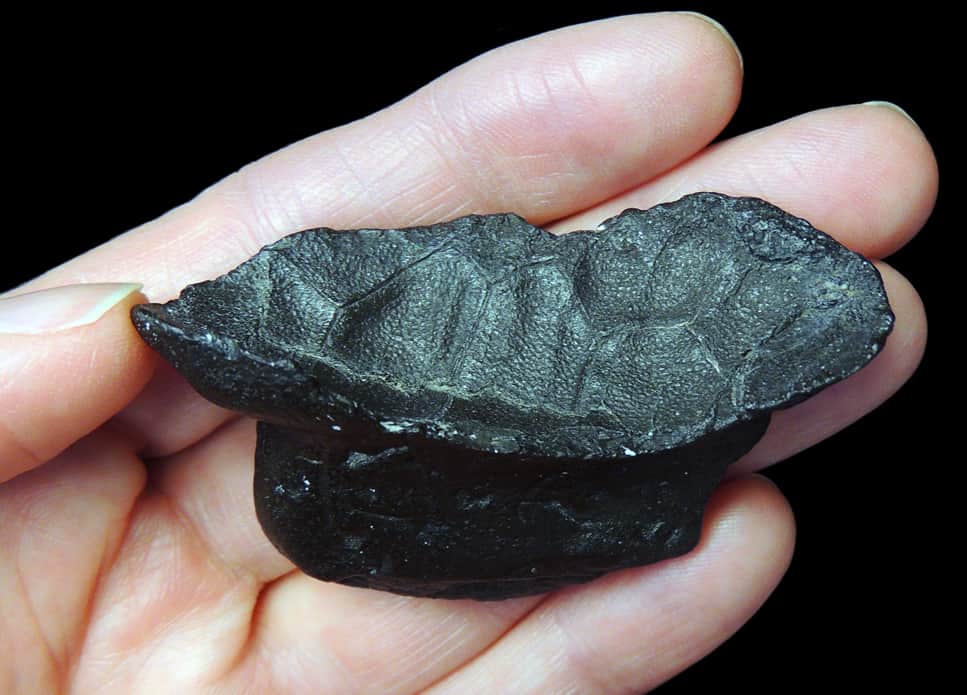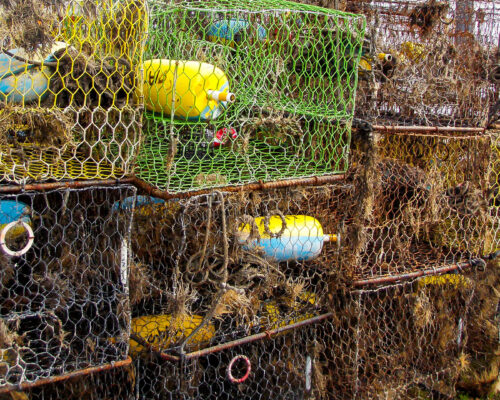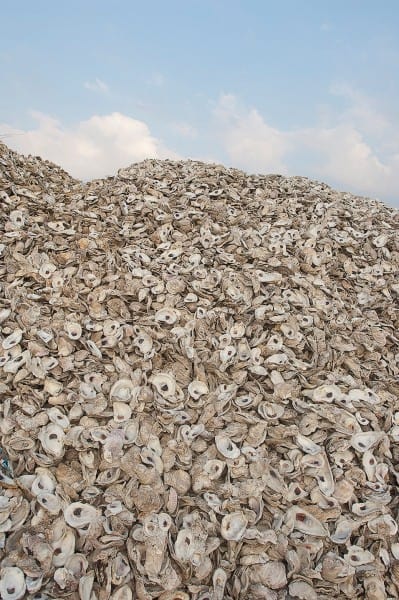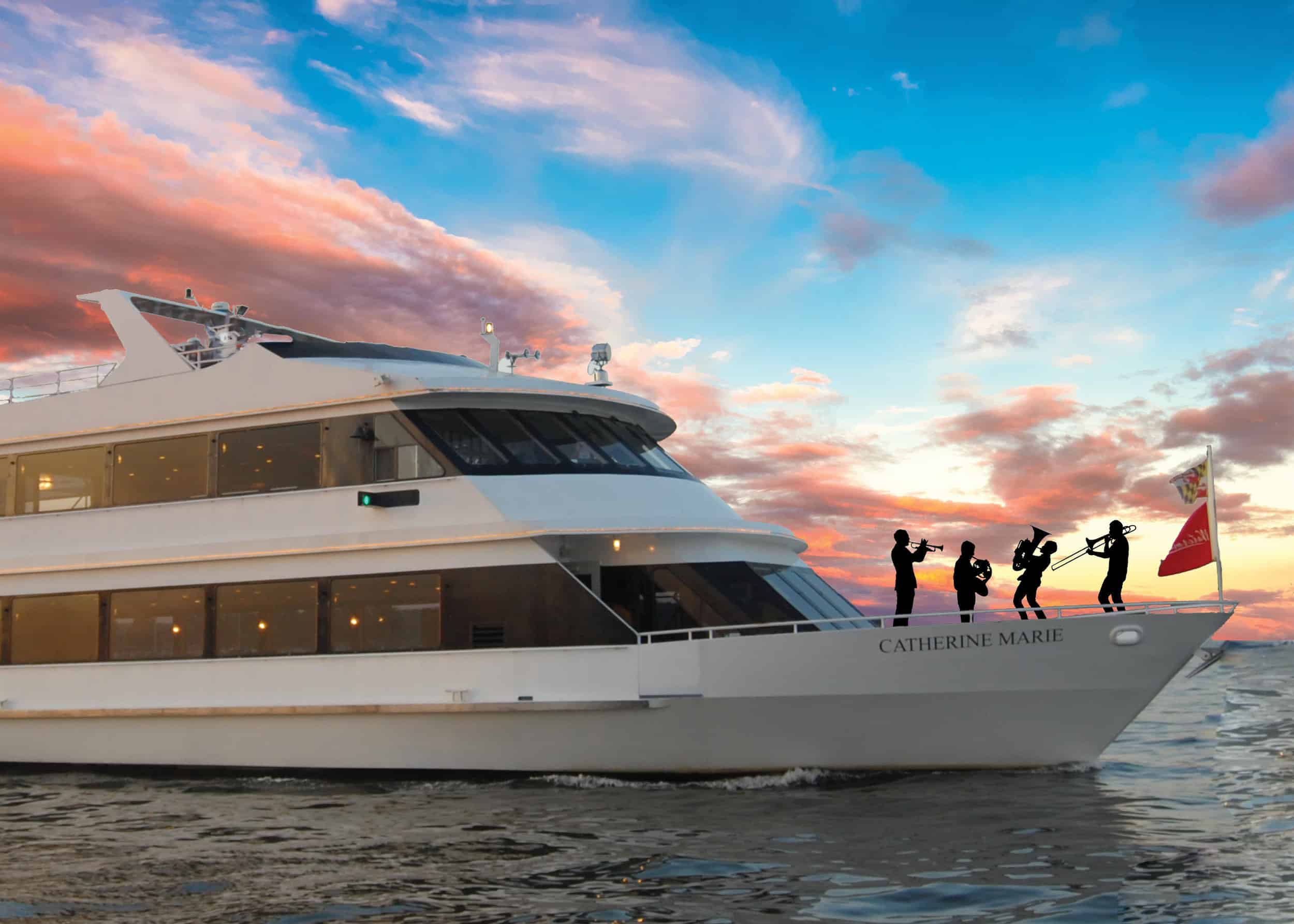Scientists from the Calvert Marine Museum have announced a first-of-its-kind discovery, and it comes with a dose of bathroom humor.
The specimen, a fossilized piece of feces from some unnamed predator, shows the impression of an intact turtle shell. The scientists determined that the predator swallowed the 2.5-inch-long baby turtle whole, an incredible 60-70 million years ago, in South Carolina. Because the shell passed through the animal’s digestive system fully intact, the poop preserved the shell’s footprint, so to speak.
The museum’s Curator of Paleontology, Dr. Stephen J. Godfrey, along with Robert E. Weems and Billy Palmer, authored a scientific paper on the finding, which has just been published in Ichnos, a scientific journal dedicated to the study of trace fossils.
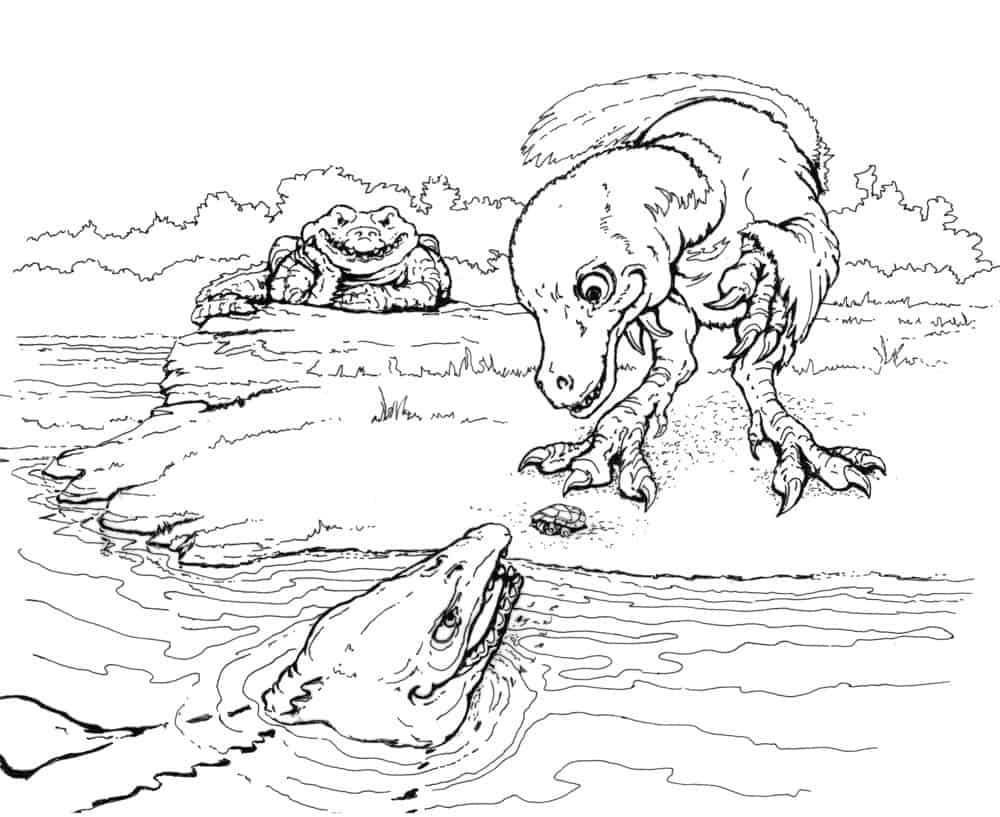
The predator that the poop belonged to may have been either a mosasaur (an aquatic marine reptile from the time of dinosaurs) or a meat-eating dinosaur or bird. It’s the first time a body impression of a vertebrate animal has been preserved in a coprolite.
Fun fact: “coprolite” is the fancy paleontology word for “fossilized poop.”
So what can scientists learn from the fossilized shell impression? The surface texture of the turtle’s shell show it was a hatchling a few weeks old, rather than an embryonic turtle. And the shell’s pattern also indicates this turtle was one of the ones that turn their necks to the side, instead of retracting their necks into their shells. Today, “side-neck turtles” only live in the Southern Hemisphere, but they were present in North American during the Cretaceous period.
To read more of the paper authored by Calvert Marine Museum scientists, click here.

